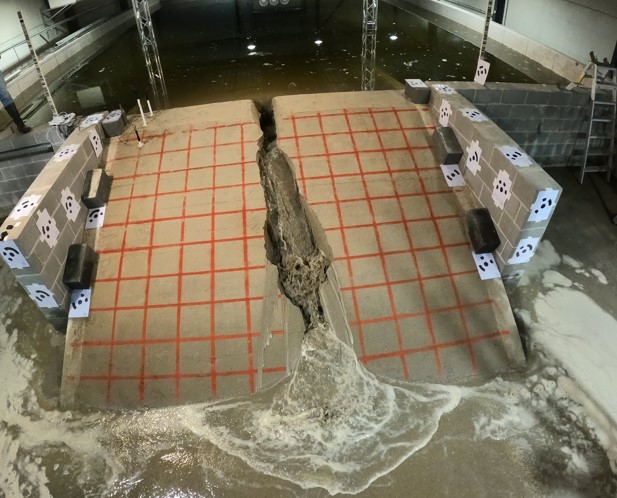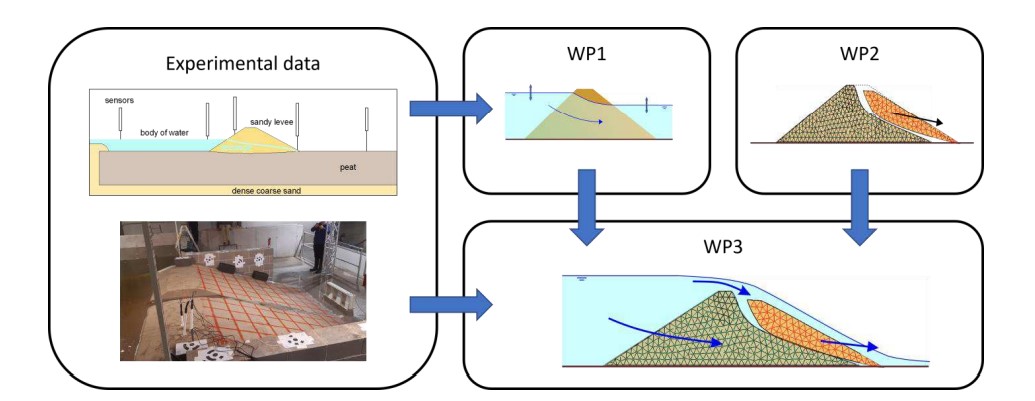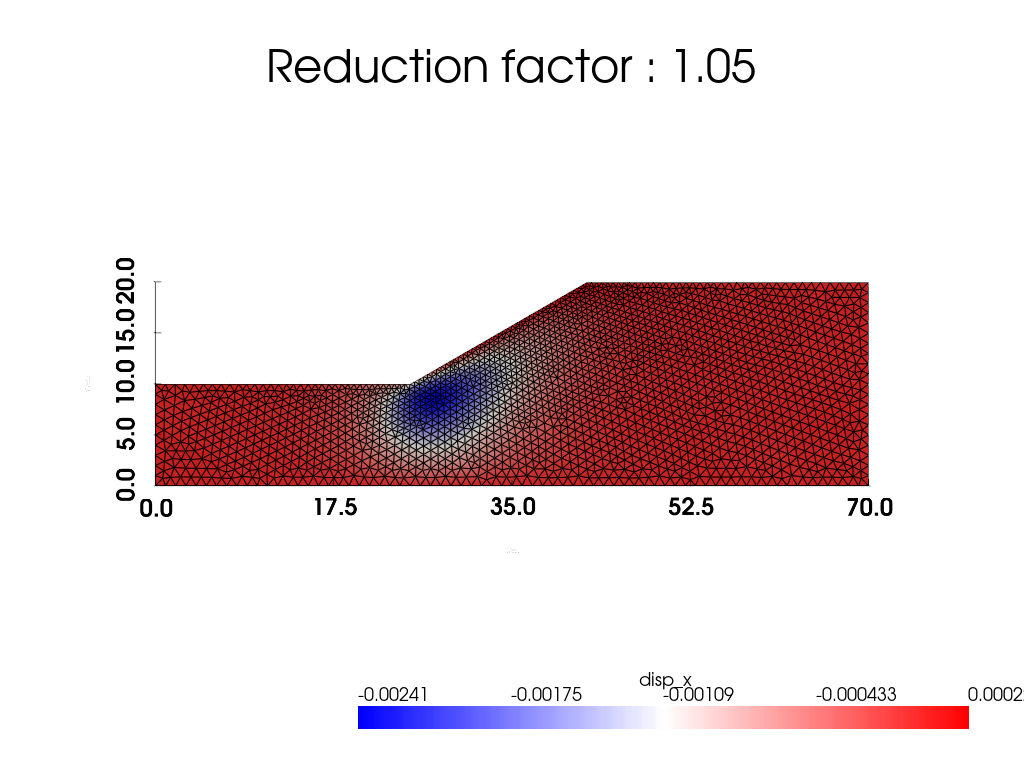Nathan Delpierre
I graduated as a civil construction engineer in June 2022, and have since been a PhD student in the civil and environmental engineering department of the IMMC (Institute of Mechanics, Materials and Civil Engineering) under the supervision of Professors Soares-Frazao and Rattez.
Since October 2023, I have been supported by a FRIA grant from the FNRS.
- Diploma
Year Label Educational Organization 2022 Master [120] : ingénieur civil des constructions, à finalité spécialisée Université catholique de Louvain
In addition to my research, I am involved in a number of teaching activities:
Present :
LGCIV2055 Analysis and mitigation of floods: Supervision of exercise and Q/R sessions.
Past :LEPL1501 Project 1: Assistant for the project for first year students.
Multi-scale modelling of the failure of dikes subjected to cycles of drought and intense rainfall
Climate change and ageing infrastructure pose a threat to the safety of the earthen dikes that protect many towns and countries. A well-known cause of dike failure is overtopping during floods, but climate change is also increasing the risk of severe droughts. Alternating droughts and heavy rainfall can cause severe damage to earthen structures, leading to the formation and propagation of desiccation cracks during droughts, which then become weak zones during heavy rainfall. The mechanisms governing changes in the degree of saturation of the dike and their impact on the formation of desiccation cracks are not yet well understood. In addition, the interaction of such cracks with overflow and the consequent risk of dam erosion have not yet been studied. Consequently, the aim of the research is to gain a better understanding of the effects of drought cycles and flash floods on the failure mechanisms of earthen dikes. The ambition is to model these mechanisms, from the initiation of small-scale cracks in the dike to the failure of the structure.
But tell me Jamy... how does an earth dam break?
Well, it's a complex phenomenon...But in this thesis, I'm focusing mainly on overtopping failures, i.e. when the dike is overtopped and a flow occurs on its downstream face, as can be seen in the first figure.

This type of failure can be described by 3 phenomena:
- A channel deepens as a result of severe erosion caused by the flow.
- The channel walls fall away when they become too steep: this corresponds to a geomechanical failure.
- The flow inside the dike that precedes this phenomenon plays a role in the dike's resistance to the first two phenomena.
What is my objective in all this?
I'm working on creating a model that takes account of the various effects mentioned above.

WP1 : The aim is to create a model that can be used to assess the flows on and through the dike. This model was first published in 2023.
WP2 :The aim is to simulate fractures and large deformations using the Particle Finite Element Method. By considering the nodes of the mesh as particles with their own displacement properties and using a high-quality remeshing algorithm, it will be possible to simulate large deformations.


WP3 : Create a cocktail that consists of combining the erosion modules implemented by researchers in our team in previous years with my developments to obtain a complete model.
Delpierre, Nathan. Breaching of sand dikes: assessment of 1D and 2D numerical models against laboratory experiments. In: Journal of Hydraulic Research, Vol. 62, no.5, p. 461-475 (2024). doi:10.1080/00221686.2024.2401903 (Accepté/Sous presse).
Delpierre, Nathan ; Rattez, Hadrien ; Soares Frazao, Sandra. Finite-volume coupled surface-subsurface flow modelling in earth dikes. In: Journal of Hydraulic Research, Vol. 61, no. 5, p. 754-763. doi:10.1080/00221686.2023.2246936.
